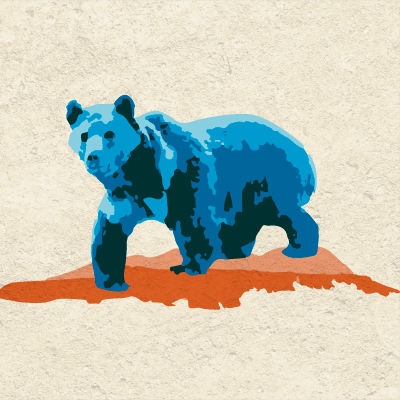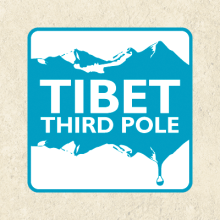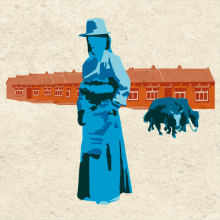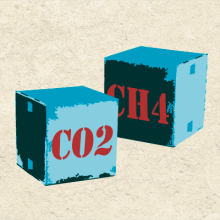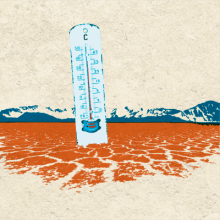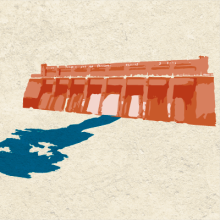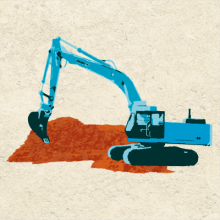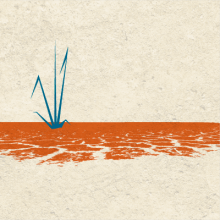Threats to indigenous species and ecosystems in Tibet are growing, as global temperatures rise and Chinese-imposed unsustainable development make it harder for them to adapt and survive. The Tibetan Plateau is home to many iconic and endangered wildlife species, such as the Snow Leopard, Wild Yak and Tibetan Blue Bear.
The Tibetan Blue Bear, also known as the Tibetan Brown Bear, Horse Bear, Himalayan Snow Bear, and Yak Dhom/Bear, is thought by some to be the source of the legendary yeti, and is classified as one of the rarest bear subspecies in the world. Living in high altitudes on the Tibetan Plateau, human settlement, mass development projects and climate change has caused a great reduction in the bears’ habitat and decline in its number, and because of the bear’s rarity, its true status is not known. The Tibetan Blue Bear is listed on the Convention on International Trade in Endangered Species (CITES) as a protected species.

